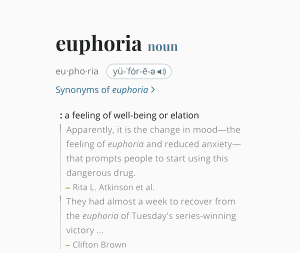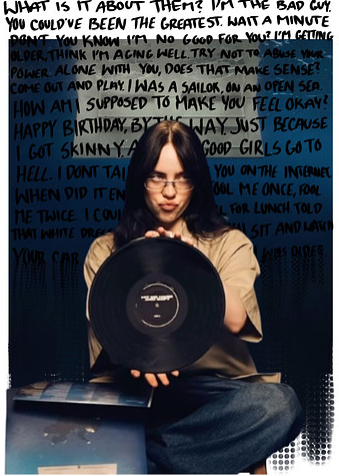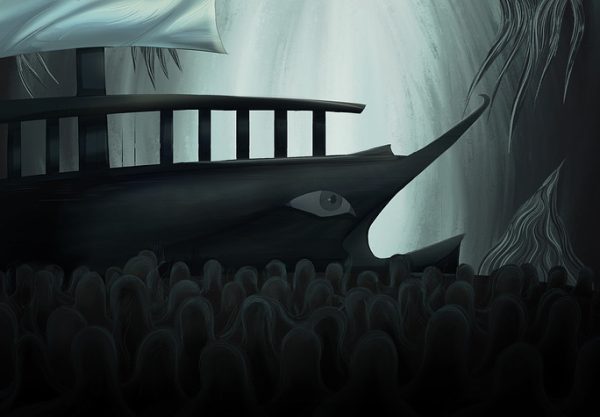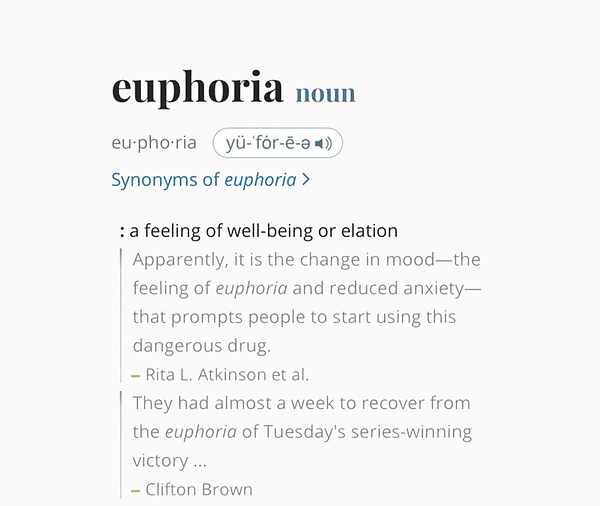‘Kaleidoscope’: A brilliantly bland heist story
Kaleidoscope offers a new non-linear method of watching its show
January 18, 2023
*MINOR SPOILERS AHEAD*
A team of master thieves, a nemesis decades in the making, and seven billion dollars in bonds ready to be stolen. It sounds like your typical American heist drama, but there is something different, something special about “Kaleidoscope”.
A toy kaleidoscope is a tube with mirrors on the inside reflecting over each other to create a mesmerizing visual. Similarly, the show “Kaleidoscope” uses a non-linear approach to telling its story: every episode – barring the finale – can be watched in whatever order the viewer prefers. As a matter of fact: Netflix shuffles the episodes by default. Whether you want to enter the story months after the heist or 24 years before, the story will still make sense.
This aspect of the show is executed flawlessly. Pieces of the story are sprinkled in each episode in such a way that, when the viewer goes forward in the story (or backward, for that matter), the pieces of the puzzle begin to click as more information is revealed. They may see an amulet in one episode that seems to have a ton of significance, but there is never an explanation as to why. Then, they click on the next episode, and it is casually mentioned that it belonged to the main character’s wife. This form of storytelling is ludicrously difficult to pull off, but “Kaleidoscope” managed to make it work. One may feel like a detective piecing parts of each episode together until the finale. The show was designed to reveal everything and elucidate plot points viewers may have missed in the finale.
No television show is possible without its cast. Giancarlo Esposito killed it as Leo Pap/Ray Vernon and proved once and for all that he was not a one-trick pony. Before then, his roles had consisted of the archetype of the ‘ruthless stone-faced villain,’ with his roles in “Breaking Bad,” “Better Call Saul,” “The Boys” and more. Here, we see a uniquely human side to him, one that goes through love, loss, betrayal and much more character development. His character is more than the ‘mysterious bad guy.’ The other actors were not as popular by contrast, but Esposito’s acting ability and notoriety were able to carry that burden anyway.
Despite all these shining praises, one must acknowledge “Kaleidoscope’s” biggest pitfall: it is a basic heist-gone-wrong story. The characters are, for the most part, two-dimensional. For one, the show has the mandatory love triangle between the loose-cannon bad boy and the sensible yet weak ex, the sidekick who sticks up for the main character all the time for seemingly no reason, and even the rogue FBI agent tearing her hair out in front of a conspiracy board with newspaper clippings and red string seething, “WHAT DOES IT ALL MEAN!?!?!??!??!?!” It is, for the most part, generic, bland, and predictable. If this show did not have its unique non-linear viewing ability, one would click off and put on a show like “Money Heist” that does not have all the classic archetypes that this show delivers.
In the end, yes, “Kaleidoscope“ is worth the watch. If one can tolerate the basic characters, tropes, and plot points, they will find that this show has a lot of credibility. Its non-linear storytelling is engaging and gripping and some of the biggest reveals of the show are done in such a compelling way that all the puzzle pieces come together in the end. Sure, it may be gimmicky, but it is done well enough that I recommend everyone give it a try. While you can start with any episode you like, I suggest beginning with ‘Violet’ to gauge whether the show is worth your time.
“Kaleidoscope,” with its tropes, gimmicks, and excellent storytelling, receives a 7/10 for me. The show is quite the experience, albeit a slightly forgettable one, that more people should be exposed to.


















